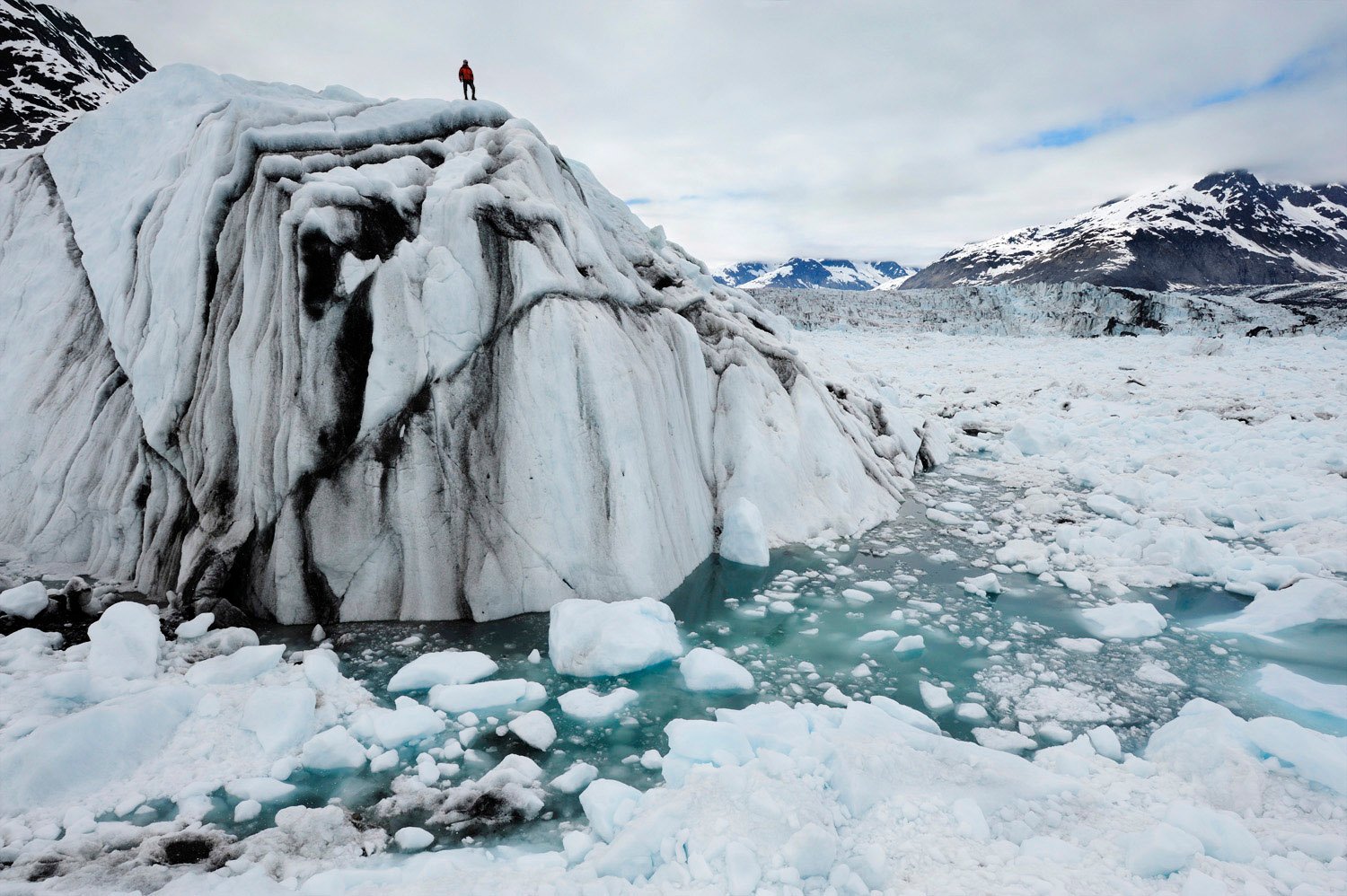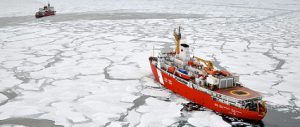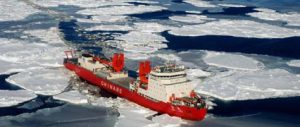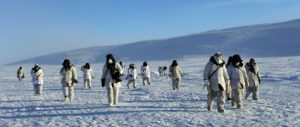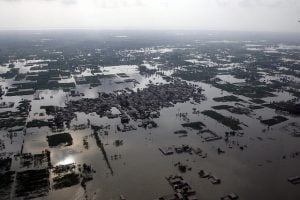The melting glacial ice in locations around the world is a dramatic illustration of the impact climate change is having on our planet. And for photographer James Balog it is one he has spent nearly seven years trying to capture for a new documentary film.
After an assignment for National Geographic in Iceland in 2005, he was shocked by what he saw and wanted to find a way to capture the impact of climate change on glaciers around the world.
The result is ‘Chasing Ice‘, a film based on footage from 36 time-lapse cameras looking at 16 different glaciers in locations in Alaska, Bolivia, Canada, France, Greenland, Iceland, Nepal, The Rocky Mountains and Switzerland.
In the Arctic, the sea ice declined to its lowest extent since record began this Summer. Although it grows each winter it is retreating further and further every summer, according to data collected by NASA, who say the summer sea ice extent has declined by 13% each decade since the ice satellite records began in 1979.
Climate scientists have previously predicted the Arctic could lose almost all of its ice cover in the summer months by 2100. However, the recent accelerated ice losses have led some to believe that date could now be as soon as 2015.
“It is very likely that in the coming decades the summer Arctic Ocean will become ice-free, although the precise timing of this remains uncertain,” concludes a scientific review from 2009 led by the Climate Change Research Centre at the University of New South Wales, Australia.
Balog has said that putting the documentary together changed his initial scepticism about climate change.
“What we’ve seen has been a complete shock. I never really expected to see this magnitude of change. Everytime we open the backs of these cameras it’s like ‘wow, is that what’s just happened'”
A study published earlier this year estimated that at least 70% of Arctic sea ice loss since the 1970s was likely to be down to human-induced climate change.
Balog is adament the glacial ice melt that he has been documenting can no longer be considered a “natural process”.
“In the past 100 years, the atmosphere has accumulated 40% more carbon dioxide in it than had been seen in the peak over the past one million years. We’re now at 395 parts per million (ppm) and adding more every year. It’s gone beyond natural and is affecting the entire world,” he has said.
